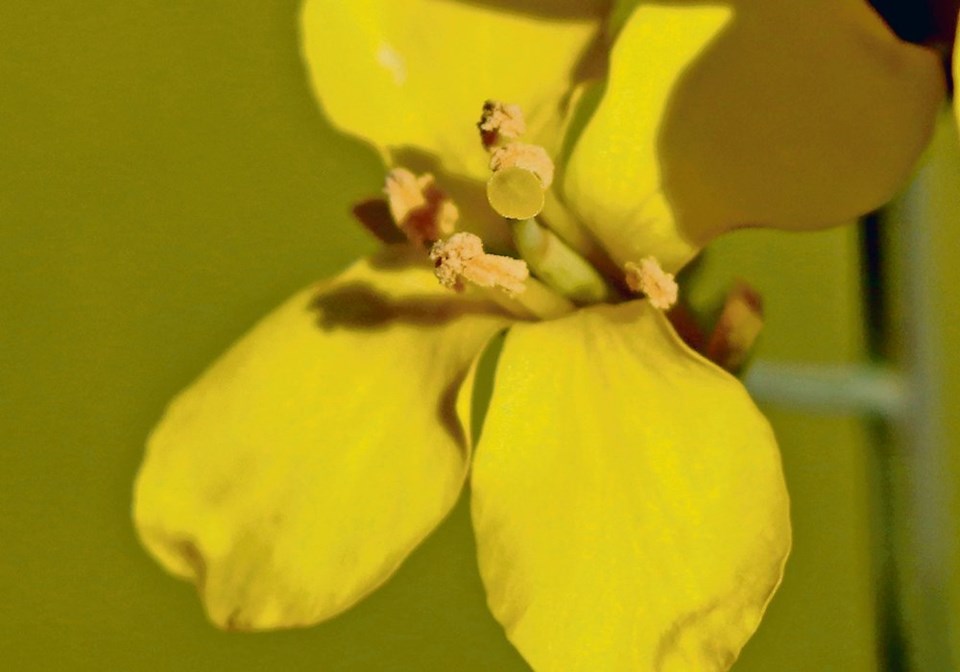WESTERN PRODUCER — Agriculture Canada researchers have created a new testing system with the potential to provide quick and reliable detection of phytoplasma bacteria in canola and blueberry plants.
The test is expected to eventually be used in the field to detect aster yellows in canola along with blueberry stunt and reddening.
Tim Dumonceaux, an Agriculture Canada researcher based in Saskatoon, said the nature of phytoplasma bacteria makes it impossible to recreate in the laboratory, which has made it difficult to create testing for the pathogen.
“It’s a bacterium that you can’t really grow outside of insect cells or plant cells,” said Dumonceaux. “The only way we really have to identify it and to find out if it is there is using the DNA signatures.”
Testing for phytoplasma has traditionally been done by collection of insects or plants to analyze for those DNA signatures in a lab.
But Dumonceaux said that process can take days while the new rapid testing developed by Canadian researchers will take as little as 10 minutes and works on similar principles as rapid testing used to detect COVID-19.
The test was developed over the course of three years during research in Quebec and Nova Scotia at commercial blueberry farms, said Dumonceaux.
“We used a blueberry system but a very similar phytoplasma would infect canola right here in Saskatoon and throughout the Prairies,” he said. “And they can infect essentially any plant, all crop plants. I’m not aware of any that are not able to be infected by phytoplasmas.”
All the more reason Dumonceaux said early identification of the bacteria that can negatively impact canola seeds is important.
“It’s important to understand where it is and how it’s spreading and find out when it’s coming because these insects come to us in the spring usually, blown up from the southern United States and then they begin to feed on our canola when it’s freshly germinated,” he said.
“We want to be able to have tools in our hands to be able to detect it when it arrives.”
Commercialization of the new rapid test is currently being discussed, said Dumonceaux, and licensing of the new technology is still being finalized.
Dumonceaux said agronomists will likely be the first to have access to the testing system but he said, “we’ve always dreamed of being able to make it so producers could do it themselves.”
That will take time, he said, but is hopeful that day is in the near future.

